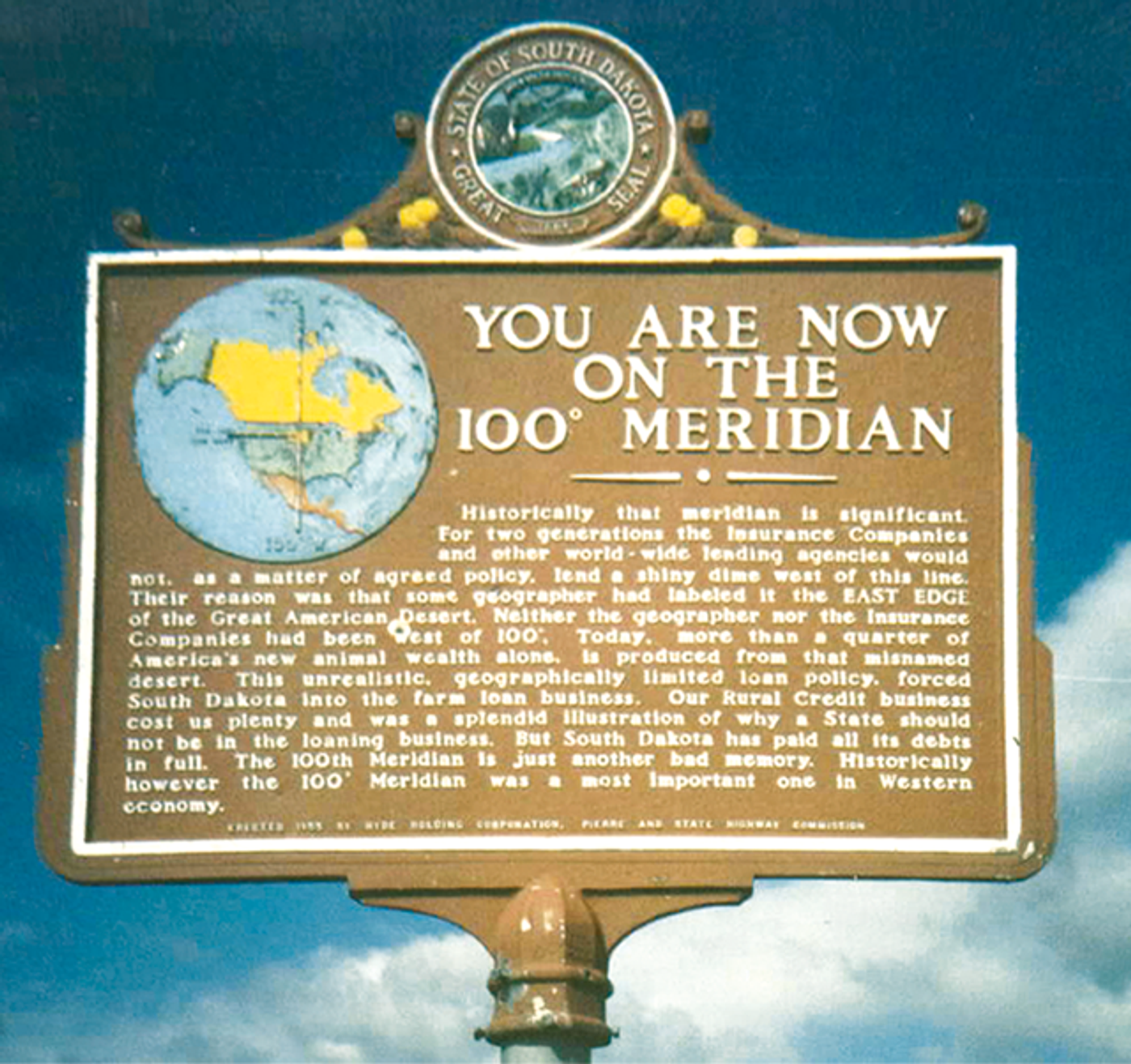Where's the line?
Perhaps you didn’t know that the United States of America is separated by a long, invisible line down it’s center, dividing the East from the West. The line was “drawn,” so to speak, by John Wesley Powell in 1878 as a way of identifying the different geographic regions of the large land mass that he explored: the humid East on one side and the dry plains to the West.
Today that line is called the 100th meridian, and research from two newly published studies in Earth Interactions suggests that the geography surrounding the meridian, and the defined understanding of the US’s landscapes for over a century, is changing. Although the line is technically intangible, from a bird’s eye view it is easily to see how the wind and precipitation patterns shape the landscapes. It may thus come as no surprise that the culprit of the line’s evolution is climate change.
The studies explain that the meridian is in the process of shifting eastward, with the western plains moving into the Midwest of the country. Richard Seager, lead author of the two papers, explains that as temperatures rise in the northern plains, we’re seeing faster evaporation; at the same time, the south isn’t getting as much rainfall. These observations in accordance with data from 1980 to present give evidence that the geographical divide that we call the 100th meridian, may actually now be more like the 98th meridian, 140 miles farther east.
This could have significant impacts on human populations and agriculture. Currently, agriculture in the West touts crops like wheat, that can thrive with little water, and farms are larger and fewer, to make up for low productivity. To the east of the meridian, in the Midwest, corn is the king crop and agriculture depends much more heavily on the higher humidity of the region. But now those norms are being challenged and though the shift will be slow, farmers and the agriculture industry alike will have to adapt.
Sources: Science Daily, Earth Interactions (1) (2)










